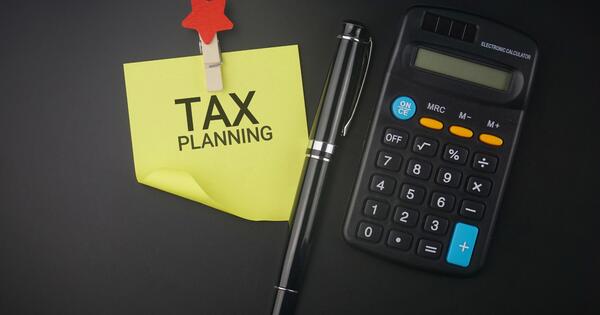As families and business grapple with the reality of health and financial uncertainty, employers and employees are also adjusting to a new way of working during the COVID-19 pandemic. Employees are balancing taking care of their loved ones with working from home. Employers are putting systems in place to facilitate remote working and support the flexibility that these times require. But we remain resilient. Communities and organizations are uniting to support each other and forge a way forward. The federal and many state governments are providing extensions and credits to ease economic burdens.
Additionally, an Internal Revenue Code (IRC) section from 2002 – enacted after the 9/11 attacks – provides another tax-advantaged means for employers to support their employees through the COVID-19 pandemic.
IRC Section 139 allows employees to exclude “qualifying disaster relief payments” from income. The payments are tax-free for the employees, fully deductible by the employer and exempt from payroll taxes. The President recently declared the COVID-19 pandemic to be a national emergency under the Stafford Act, which means that certain payments made by employers to employees to assist them with expenses arising from the COVID-19 crisis will now qualify for this beneficial tax treatment. Here is an overview of this provision as it may apply to COVID-19-related reimbursements.
What is covered by Section 139?
For purposes of this tax benefit, “qualified disaster relief payments” to employees include amounts paid to reimburse or pay reasonable and necessary personal, family, living or funeral expenses incurred as a result of a qualified disaster such as the COVID-19 pandemic (to the extent the costs are not reimbursed by insurance or otherwise).
Section 139 has not been previously applied to a pandemic in the past, so it is not entirely clear what specific expenses would be considered to be incurred as a result of COVID-19. However, it is reasonable to believe that most, if not all, of the following expenses would be covered:
- Expenses incurred due to the requirement to shelter-in-place and work from home
- This may include home-office expenses, cell phones, increased home utilities, office supplies and childcare due to school closures
- Home office equipment, such as laptops, printers, scanners and monitors
- Medical expenses that are not reimbursed by insurance such as deductibles and non-covered expenses
- Non-prescription medications
- Cleaning supplies, gloves, masks
Payments to compensate employees for lost wages (i.e. sick pay, family medical leave) are not covered by Section 139 and are generally taxable to the employee.
The IRS does not require individuals to account for actual disaster-related expenses in order to qualify for the Section 139 exclusion, as long as the amounts received appear reasonably commensurate to the recipients’ actual expenditures. However, it is still recommended that, when possible, employees maintain records of their actual expenditures and payments received. It is also recommended that employers document the fact that certain payments to employees are intended to be Section 139 payments, and they should consider implementing a formal plan for their employees.
In addition to Section 139, employers should be aware of refundable federal tax credits that may be taken against the employer’s share of Social Security taxes.
Please contact your GHJ tax advisor with any specific questions regarding Section 139 or certain employee assistance payments that your business may be considering.










